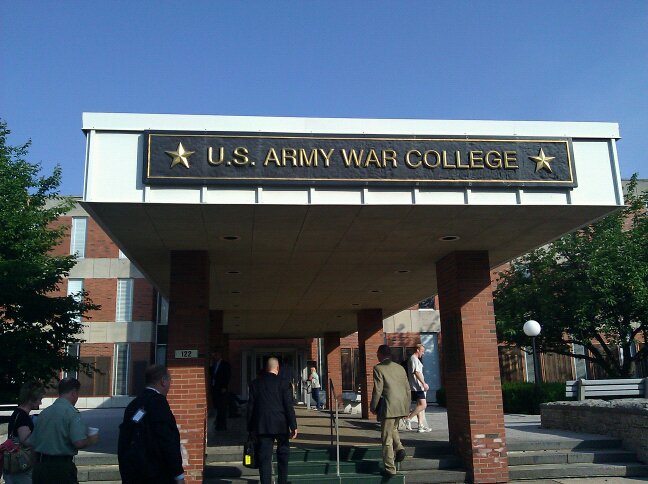The Myhrvold Report and Understanding Strategic Threats
Monday, October 7th, 2013[by Mark Safranski, a.k.a. “zen“]

Several weeks ago, Cheryl Rofer wrote an important post analyzing the report “Strategic Terrorism: A Call to Action” by Microsoft billionaire, venture capitalist, theoretical mathematician and cookbook author, Dr. Nathan Myhrvold. I found Cheryl’s argument quite persuasive and would like to add a few points of my own; because while some of the concerns raised by Myhrvold are valid and his intent is no doubt well-meaning, the approach he suggests is, at times, problematic.
If in the past ten years you have been a serious student of terrorism studies, insurgency and COIN, national security, counter-terrorism policy, counter-proliferation policy, intelligence community affairs and military theory, there is little that will be new for you in the first part of the report. Many of these problems had previously been raised (at least in part) by figures as disparate as Michael Scheuer, John Robb, Martin van Creveld, Thomas P.M. Barnett, William Lind, Robert Bunker and dozens if not hundreds, of thinkers, practitioners and scholars. In addition, this ground was also covered by government agencies like the National Intelligence Council in its periodic Global Trends reports, and in classified analysis by the Office of Net Assessment and various three letter agencies. The blogosphere also had a lively discussion of catastrophic WMD terrorism, superempowered individuals, 4GW/5GW, apocalyptic Mahdism and related subjects throughout the mid to late 2000’s. Diffusion of society-shifting power into the hands of small groups and individuals was a theme of Alvin and Heidi Toffler back in the 70’s and 80’s, so this is an old rather than new problem.
Dr. Myhrvold is a polymathic character, but his original area of specialization was mathematical research so it is not surprising that his approach to things “strategic” is dominated by scalar considerations. Namely, a threat taxonomy based upon potential magnitude of disaster events up to the extinction of the human race (High M 10). Wondering here, as the bibliographic references of this report are extremely scanty, if Myhrvold was influenced by Herman Kahn‘s ideas on escalation or game theory based literature on deterrence or something else. Regardless, while there’s some merit to this definition – obviously if your civilization is destroyed or everyone is dead you have suffered the ultimate in strategic defeat – there are weaknesses too as the linear progression of destruction implies an apolitical environment and inevitable process. That’s not how things work with strategy in the real world, neither today nor back in the era of Cold War superpower nuclear brinksmanship. Even John Foster Dulles and Vyacheslav Molotov were more politically nuanced than that.
This is an important point. Myhrvold is focused on capacity alone rather than in conjunction with political purpose in defining strategic threats. Capacity in bad hands is worth worrying about and Myhrvold is right when he criticizes the government for their obstinate refusal to develop a robust threat detection system for shipping to US ports of entry ( that’s boring, hard work with little payoff from a political perspective, but the NSA building a system for surveilling all Americans is fun and gives government bureaucrats great potential power to ruin anyone they wish); that said, outside of comic books and James Bond movies, people do not historically initiate violence on an epochal scale out of a Joker-like admiration of nihilism, not even terrorists. Instead, they have a political end in mind for which violence is a tool. This variable appears to be absent from Myhrvold’s thinking.
More troubling, Myhrvold’s solution to the potential threat of bioweapon terrorism would appear to be, as I infer it, even greater centralization of power in the hands of a national security surveillance state. As I expect Dr. Myhrvold is a great respecter of data-driven, probabilistic logic, he might want to consider that nearly every man-made, high magnitude, lethal event in the past century and a quarter years has been initiated by governments for reasons of policy, up to and including the auto-genocide of tens of millions of their own citizens. Most people on this planet are in far greater danger of harm at the hands of the state than they are as a result of terrorism or foreign attack and it would seem foolish, in light of such statistics, to increase our risk by delegating greater grants of power to the entity most likely to cause us harm. In the words of the late defense and security expert Dr. Fred Ikle, we would be risking Annihilation from Within.
Ikle anticipated years ago much of what Myhrvold wrestled with in his report and, in my view, prescribed better answers.








